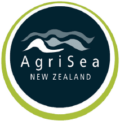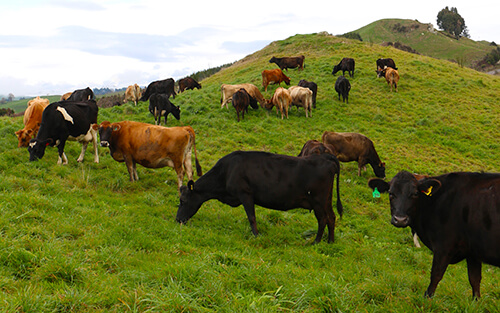Building more resilient, profitable, and healthier farms is the goal of a new project, Rere ki Uta Rere ki Tai, that\’s strengthening farmers\’ connection with the soil through sharing knowledge, experience, and science.
Ten farms across the Bay of Plenty and Waikato regions are working closely with researchers and will continue this through to mid next year. The project launched mid-2022.
These farmers are active participants in improving soil health on their farms, guided to try different land management methods through latest western science and Mātauranga Māori science.
Rere ki Uta, Rere ki Tai means literally \’From Sea to Soil to Society\’ and the project sharpens the focus on the life inside soil at each farm. The research seeks answers to questions many will want to know for New Zealand\’s agriculture industry. If we focus on the mauri – the life force – of our soil, can farmers improve not only the health of their pasture, the wellbeing of their animals, and their milk production, but will it lead to happier farmers, higher profits and better outcomes for the environment?
Whilst Rere ki Uta, Rere ki Tai is working extensively with these 10 farmers, there\’s many opportunities to learn alongside them by following the project through Facebook and attending free and ticketed workshops throughout the country.
Australian soil and groundcover ecologist and carbon farming advocate Dr Christine Jones tours New Zealand in April and May, offering insights into the role of soil biology for fixing nitrogen, leaching and farm profitability. She brings soil science to workshops in a language farmers will find useful, according to one who\’s benefited from her advice.
Among venues for the tour is the Atiamuri farm of Miah and Jenny Smith, who made changes to their farm practices after a 2015 workshop with Dr Jones. The Smiths learned about the biology of plants and how the sugars feed the biology, returning minerals back to the plant – an interaction that\’s the basis of building top soil.
\”We\’ve changed milking from twice to once a day, we\’ve retained our staff member who\’s been there six years now and I can still use synthetic fertilisers, but I mitigate it with the biological tools alongside it and it really works,\” says Miah.
\”We\’ve gone from 24% empty rates that first year to 3.5% last year. Our losses during calving have gone from 50 cases of milk fever to five or six.
\”Another thing I\’ve realised over the last seven years is production doesn\’t equal profit. Our highest production year was our lowest profit and being a conventional farmer you\’re really focused on production and want to hit that mark. We\’re now really focused on profit, not production.\”
The Rere ki uta Rere ki tai project is helping shape primary production based on diverse species composition away from monoculture, with shifts in pasture management, and support for farmers with methods to return the life to the soil.
The wellbeing of farmers themselves is also being studied in the project, which has multiple leading scientists and land management advisors, including from Fonterra and Farm Source.
Clare Bradley, CEO of AgriSea which is hosting the Rere ki uta Rere ki tai project, says Dr Jones is highly respected globally and explains things practically for farmers.
\”Dr Jones shares how to optimise soil health and production systems, giving farmers and land managers knowledge they can integrate into their own operations. She advocates growing plants from different families together, as these plants swap minerals and carbon all the time, with the whole community connected by another extremely important community that keeps it all going, the common mycorrhizal network.\”
She explains other ways to support soil life and plant health, what this means for nutrition of the animals and profitability on-farm.
Find out more and register for tickets at www.agrisea.co.nz/rere-ki-uta-rere-ki-tai.

